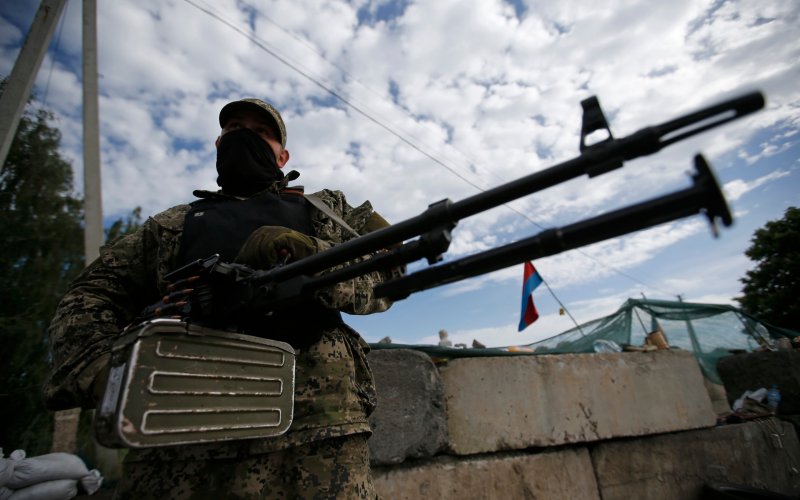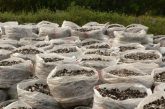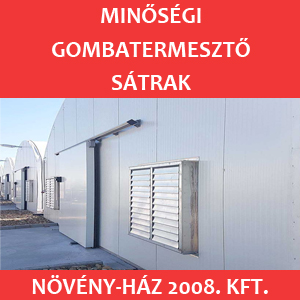The Ukrainian mushroom industry has seen encouraging growth in recent years. This development has now been broken by the Russian-Ukrainian war that started at the end of February. Briefly, we will try to summarise the current situation of Ukrainian mushroom producers on the basis of data provided by UMDIS.
The volume of mushroom production in Ukraine is estimated at around 70,000 tonnes in 2021, with around 250 mushroom producers in the country. In recent years, the use of Phase III compost has increased, with several large plants significantly increasing their production capacity. The ten largest producers account for 35% of the total mushroom production. Exports are not very significant, with almost all mushrooms being sold on the domestic market, and Ukrainian consumption being around 1.5 kg/person/year.
Under the current war conditions, Ukrainian mushroom growers are doing their best to support the army and the people. However, the military action has caused significant damage to most logistical routes, with around half of the growers ceasing operations for various reasons. We are aware of several farms where the current production cycle is yet to be completed, but no new planting has started.
In two of the seven compost farms, production has stopped and staff have had to be evacuated. The other compost plants stopped production of new batches immediately after the war started, so there is still a 1-2 week supply of compost from the plants that are still operating.
The problem is particularly acute in the area of the supply of casing soil. The main sources of turf are located in the north of the country, where the situation is now particularly hard, with access to casing soil from this region almost impossible due to the complete blockade of transport routes.
Transport costs for compost, casing and mushrooms have also increased 2-3 times higher, if it is even possible to find a transport company willing and able to move the goods around the country. Many regions are completely inaccessible.
Around half of the mushroom farms are completely closed, most of them evacuated immediately after the war started. In other areas, where the situation was calmer and where there was no direct attack on the cities, mushroom growers are continuing their work. Most, if not all, of the mushrooms produced are given to the army or to the people as humanitarian aid.
Source: UMDIS












